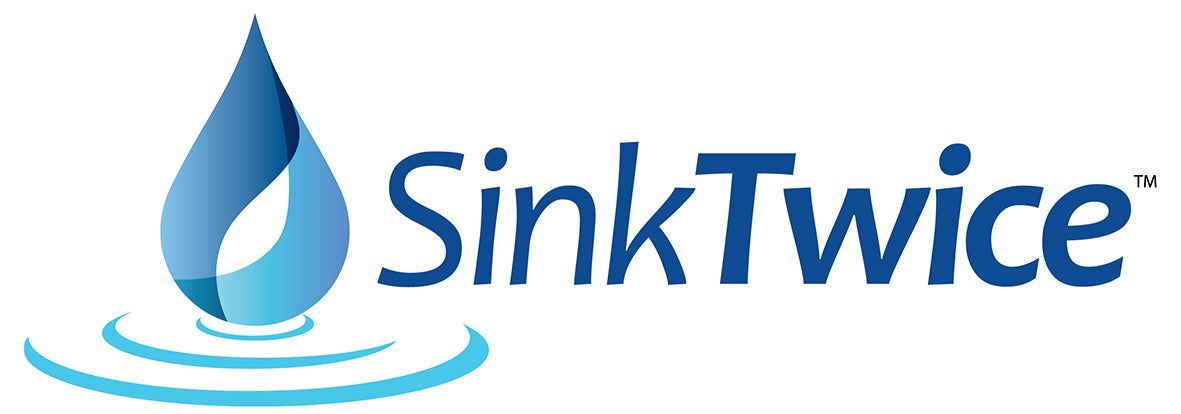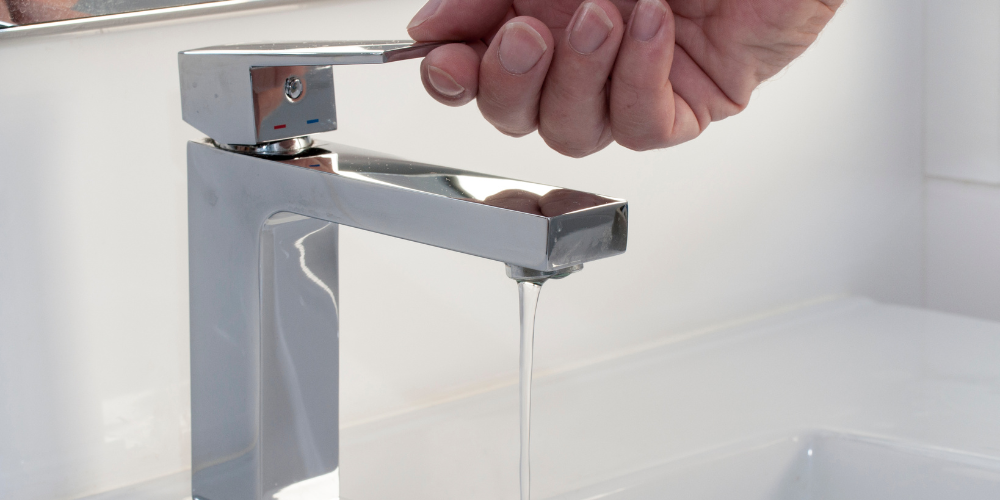How To Save Water in the Bathroom
According to Unicef, approximately 4 billion people, i.e., about two-thirds of the total human population, experience severe water crises at least once a month. The severity of the water crisis is growing exponentially. By 2025, about half of us may not have access to enough water to carry on with our daily activities comfortably!
For the past two decades, we have heard about the water crisis and how it will strike us sooner than expected. Environment conservationists worldwide have made sincere efforts to educate and motivate us to consume as little water as possible. But, the main reason why the problem is still not being addressed is the lack of execution. Water conservationists have come up with hundreds of water-saving ideas.
Don't feel guilty; no matter your lifestyle, you can still follow easy-to-adhere water-saving tips that significantly affect the water you use/waste. Since more than 45% of the water is used in the bathroom, that's the area where you need to be stricter. Here are some small changes you can adopt to minimize your water consumption in your bathroom.
Turn off the faucet when not in use
The faucet should run only when you need water and not during waiting. If you are still not doing it, it's high time you must develop the habit of turning the faucet off while brushing and shaving. Also, please turn it off when you are lathering up your hands for washing or cleaning the bathroom. Teach your kids to do the same so they become responsible citizens right from the beginning.
Replace your existing faucets with the WaterSense bathroom sink faucets and accessories. A standard faucet has a water flow of 2.2 gallons per minute, which is 30% more than WaterSense-labeled faucets with a speed of 1.5 gallons per minute (without compromising your comfort).
WaterSense products are widely available across the United States, and some states still offer decent rebates. According to the United States Environmental Protection Agency, an average American family can save about 700 gallons of water by simply replacing the older faucets with newer water-saving models.
Reduce your shower time
Did you know you use approximately 16 gallons of water just for a shower?
That's because showerheads usually have a water flow of 2.5 gallons per minute. On average, a person showers for approximately eight minutes. Americans spend about 1 trillion gallons of water annually just for showering. Don't you think it's too much because you use 16 gallons of hot water?
Water conservationists suggest you opt for shorter power showers that shouldn't last longer than 4 to 5 minutes. You must turn the shower off while lathering up your body. To remind yourself of the shower time, you can play your favorite song (not more than 5 minutes) on a waterproof speaker in your bathroom.
Install a water-saving showerhead
Like faucets, you must replace your old showerheads with water-efficient ones, especially those with the WaterSense label.
As mentioned above, standard showerheads use 2.5 gallons of water per minute. In contrast, the WaterSense showerheads use no more than 2 gallons per minute. Don't worry; even though the water speed is less, water-efficient showerheads provide an equal or better showering experience than conventional showerheads.
The US EPA claims that an average American family can save about 2700 gallons of water per year simply by installing water-efficient showerheads. This also means that you will not be heating an extra 2700 gallons of water and will be able to save 330-kilowatt hours of electricity per year!
Take showers, not baths
You will need just 10 gallons of water if you use a water-saving showerhead for a 5-minute shower. But, if you go for a full bath, you will need about 35 to 50 gallons of water, depending on how much you fill the tub. So, bathing should be saved only for special days.
Fill the bathtub only halfway to prevent spillage. Also, plug the drain before filling the tub. Let the cold water be in the tub because you can adjust the temperature later.
Install water-saving appliances
You can add water-saving aerators over your WaterSense faucets to minimize the water flow. Aerators prevent splashing. Plus, they provide a straight, evenly pressured stream so that you will need less water and time.
Suppose you have kids or elderly people who often forget to turn off the faucets. In that case, you can replace your standard faucets with auto-detect ones. Innovations happen every minute, so whenever you repair or remodel your bathroom, ensure you install the latest fixtures and accessories that provide maximum water-saving. These are just some ideas.
Check for drips and leaks (and fix them)
Did you know you can save 10% on your water bill only by fixing leaks? Other than noticeable dripping from the faucets and shower, unexplained high water bill, damp floor, foul odor, cracks in the wall, and drop in water pressure are some clear signs of water leakage. To confirm the leakage or to get it fixed, you may have to call a plumber or handyman.
Reuse your bath towels instead of washing them every day
Do not hang the used towel in the bathroom. It will start harboring germs if it remains damp for a long time. Hang your used towels on a clothesline, preferably under direct sunlight, and let them dry completely. You can reuse your towels 3-5 times.
Install a steam shower
This sounds like a fancy, luxurious idea, and it is!
A steam shower is extremely relaxing, and, in case you are worried about burns, it is pretty safe. Thirty minutes of steam shower requires just 2 gallons of water, which is an incredibly-effective water saving idea. Installation can be expensive, but if it fits into your budget, there is no reason why you shouldn't get it done for your bathroom.
Install water-saving sink
It is a self-cleaning sink known as SmarterSink. It comes with an infrared sensor and a valve. When you need to clean your skin after brushing or shaving, you don't have to turn on the faucet at its full flow and then use your hands or a cleaning brush to remove the sticky buildups.
How does it help save water?
When you clean manually, you typically run the faucet for 20 to 30 seconds while scrubbing the sink. Smarter Sink can reduce this time to 2.5 to 5 seconds. Plus, the cleaning is so effective that it doesn't let bacteria or viruses build up on the sink's surface. Smarter Sink will soon be integrated into Siri and Amazon, so you can get the clean done through a voice command.
Install a Water-Saving Toilet
It is a toilet with a faucet above its tank. When you flush the toilet, the clean water which is supposed to refill the tank gets dispensed from the faucet instead. You can use this water to wash your hands. The soapy water will flow into the tank, which will later be used for flushing.
The beauty of this product is that it can be used with your existing toilet without requiring any modification. The faucet above the tank is automatic, which gives a more hygienic hand-washing experience.
Final thoughts
The above-mentioned water-saving tips are easy to adopt. You may not have to make much of a conscious effort. You may need to upgrade your bathroom fixtures, which will eventually pay off in the long run. So, be a responsible citizen by doing whatever you can to save the planet.

